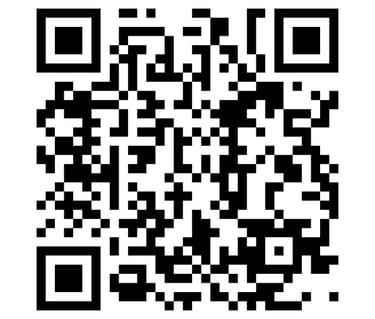Disclosure: Some ads may contain affiliate links. I may earn a commission if you make a purchase, at no extra cost to you.
How to Safely Clip Your Dog’s Nails: A Friendly Guide for Happy Paws
Learn how to safely trim your dog’s nails at home with our step-by-step guide, tool tips, and calming tricks. Happy paws start here!g post description.
PET WELLBEINGPET HEALTHPRODUCT REVIEWS
Meo
8/17/20257 min read
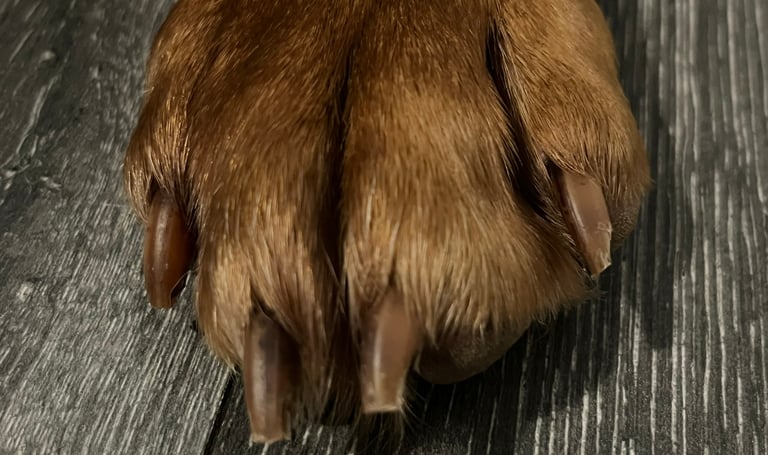

How to Safely Clip Your Dog’s Nails: A Friendly Guide for Happy Paws
Keeping your dog’s nails trimmed isn’t just about aesthetics—it’s essential for their health, comfort, and mobility. Long nails can lead to painful walks, posture problems, and even injuries. If the thought of clipping your dog’s nails makes you nervous, don’t worry—you’re not alone! In this guide, we’ll walk through the importance of nail trimming, the physiology of your dog’s nails, and give you a step-by-step tutorial to help make the process safe, easy, and stress-free.
Whether you’re a first-time dog owner or just looking to upgrade your nail care routine, you’ll find everything you need right here—including the tools we use ourselves, like Thunderpaws Nail Clippers, Mikki Dog Nail Clippers, PetSol Styptic Powder For Pets and Petkin Pet Blood Stop Swabs
Why Nail Trimming Matters: A Quick Look at Dog Nail Physiology
A dog’s nail isn’t just a claw—it’s made up of several layers and includes a sensitive part known as the quick. The quick contains nerves and blood vessels, and it runs through the center of the nail. If nails grow too long, the quick grows with them, making it harder to trim them short without causing bleeding.
Long nails can:
Make walking painful
Alter your dog’s natural gait, leading to joint stress
Get snagged or broken during play
Curl under and grow into paw pads (ouch!)
Routine nail trimming helps maintain healthy paws and joints—and helps your dog feel their best.
Tools You’ll Need to Trim Your Dog’s Nails
Before you get started, make sure you have the right tools on hand:
✂️ Nail Clippers
There are a few types of dog nail clippers to choose from:
Plier-style clippers – This is the style we personally use and recommend. They’re spring-loaded for extra strength, feature non-slip handles for comfort, and often come with a safety guard to help prevent over-cutting. Plier-style clippers give you a great balance of control, precision, and strength, making them suitable for most breeds.
Our pick: Thunderpaws Professional-Grade Nail Clippers also available in Blue & Green.
Reliable, sharp, and designed with a safety guard to help you avoid cutting too far. Contains a small nail file. Perfect for medium to large dogs.Guillotine-style clippers – These clippers have a small loop where you insert the nail, and a single blade slices up when you squeeze the handle. They’re best for small to medium dogs with thinner nails.
We recommend: Mikki Guillotine Nail Clippers or Ancol Guillotine Nail Clippers.
Easy to handle and ideal for precision trimming. Designed with a spring-loaded action and comfortable grip. Great for small to medium dogs.Scissor-style clippers – Strong and easy to control. These work just like standard scissors and are great for dogs with thick or tough nails. They give you full control and are popular with groomers.
Try: Mikki Scissor-Style Nail Clippers.
A great choice for larger dogs or those with harder nails. Durable, strong, and easy to grip for clean cuts.
🧴 Styptic Powder or Swabs
Accidents happen—and when they do, styptic powder is your best friend. It helps stop bleeding quickly if you nick the quick, and it's smart to have it ready every time you trim.
We recommend:
PetSol Styptic Powder for Pets – A fast-acting powder that’s easy to apply and helps clot bleeding within seconds.
Petkin Pet Blood Stop Swabs – Pre-filled, mess-free swabs that are super convenient—especially for wriggly dogs or first aid kits on the go.
Tip: Use 100% lint-free cotton buds to apply powder directly to the nail tip or clean up around the area.
Optional but Helpful Tools
Here are a few extras we recommend keeping nearby:
Treats – Positive reinforcement makes all the difference. Use high-value treats during and after trimming.
Lick mats or spoons – Spread with peanut butter or yogurt to keep your dog happily distracted.
Flashlight or nail light – Helpful for seeing the quick in dark nails.
Nail grinder – For a smooth finish or as an alternative to clippers (see more below).
A second pair of hands – If your dog is wiggly, an extra person can help keep them calm and still.
🐶 Tips to Help Your Dog Get Used to Nail Clipping
If your dog’s not a fan of nail trims (or if you’re feeling nervous yourself), don’t worry—it’s totally normal! The key is to make the experience as positive and low-stress as possible. Here are a few tried-and-true tips to help build confidence on both ends of the paw:
🥄 1. Use Distractions They Love
Spread a little peanut butter on a spoon, silicone lick mat, or the side of the bathtub. Let them lick away while you work on one paw at a time. It’s a great way to turn nail trims into snack time!
🐾 2. Start Small
You don’t need to trim all the nails at once. Start by just handling their paws for a few days, then gradually introduce the clippers. Reward calm behavior every step of the way.
🔊 3. Make Positive Associations
Let your dog sniff the clippers, hear the sound, and associate them with treats and praise—even before you actually clip. Pair every interaction with a high-value reward.
📆 4. Keep Sessions Short
Especially in the beginning, it’s totally fine to trim just one or two nails a day. Short, positive sessions beat long, stressful ones every time.
🧸 5. Use a Calm Environment
Choose a quiet spot away from distractions. A non-slip mat can help your dog feel more secure if they’re on a surface like a table or bathroom floor.
🎯 6. Stay Relaxed Yourself
Dogs pick up on our energy. The calmer and more patient you are, the more comfortable your dog will feel. Deep breath—you’ve got this!
Step-by-Step: How to Clip Your Dog’s Nails Safely
Follow this routine to make nail trimming easier for both of you:
1. Get Your Dog Comfortable
Choose a calm, well-lit area. Let your dog sniff the clippers and give lots of praise and treats.
2. Inspect the Nails
Look for the quick—a pink line visible through light-colored nails. For dark nails, trim gradually to avoid cutting too deep.
3. Hold the Paw Gently
Support the paw firmly but gently. Hold the clipper at a 45-degree angle, following the natural curve of the nail.
4. Clip a Little at a Time
Trim small slices rather than taking off a big chunk. If you see a gray or pink center, stop—that’s the quick.
5. Use Styptic Powder if Needed
If you accidentally hit the quick, don’t panic. Dab styptic powder or a Pet Blood Stop Swab onto the nail tip to stop the bleeding. Make sure to carefully wipe excess blood away.
6. Smooth with a Grinder (Optional)
If you want a smooth finish, go over the tips with a nail grinder or file.
7. Praise and Reward
End on a positive note with cuddles and a treat. This builds trust and makes the next session easier.
How Often Should You Trim?
A good rule of thumb: every 3–4 weeks. If you can hear your dog’s nails clicking on the floor, it’s time for a trim! Regular clipping also helps the quick recede over time, allowing you to maintain shorter, healthier nails.
🐾Our Favorite Tools (and Why We Use Them!)
After years of trial and error, these are the tools we actually use and trust with our own dogs:
🐾 Thunderpaws Nail Clippers
Our go-to clippers for a clean, quick cut. The safety guard is especially useful for nervous owners, and the spring-loaded handles make trimming easy on the hands.✂️ Mikki Dog Nail Clippers
These are ideal for small breeds or precision touch-ups. Light, effective, and easy to control.🧴 PetSol Styptic Powder
Always in our grooming kit. A quick dab on the nail stops bleeding in seconds. Essential for every nail trim session.🐶 Petkin Blood Stop Swabs
These single-use swabs are convenient, portable, and great for first-aid kits. We love them for squirmy dogs and emergencies.🧼 Lint-Free Cotton Buds
Perfect for applying powder, cleaning up blood, or wiping excess dirt from the nail bed.
🌀 What About Nail Grinders?
Nail grinders are a popular alternative to clippers, especially for dogs with thick or dark nails. They work by gently filing the nail down, giving a smooth finish and reducing the risk of cutting the quick.
While grinders can be a great option, they’re not for everyone. Some dogs are sensitive to the sound or vibration, and grinders can generate heat if held in one spot too long. Long paw fur can also get caught, so a bit of prep is needed.
That said, with the right introduction and a little patience, many dogs adapt well. If you’re curious about using a grinder, stay tuned—we’ve got a full guide coming soon!
Final Thoughts
Trimming your dog’s nails doesn’t have to be stressful—for you or your dog. With the right tools, a calm approach, and a bit of practice, nail care can become just another part of your grooming routine.
Remember: healthy nails = happy paws!
Have a question about your dog’s nail care or want help choosing the right tool? Drop a comment or send us a message—we’re always happy to help.
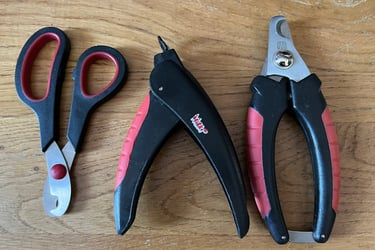

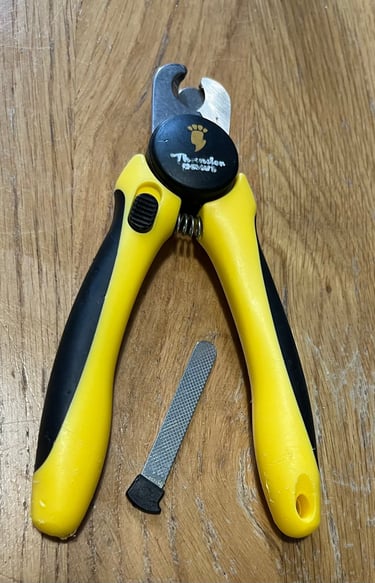

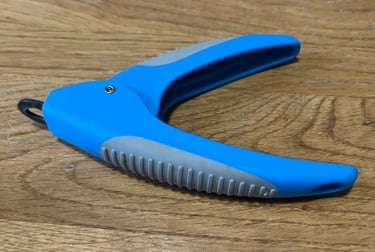

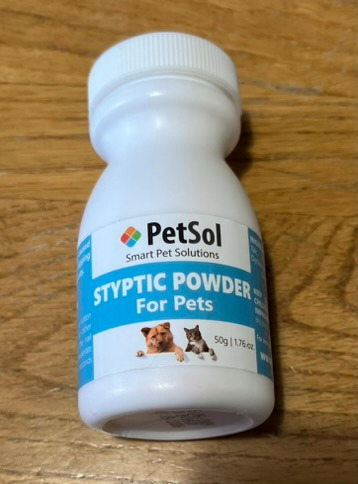

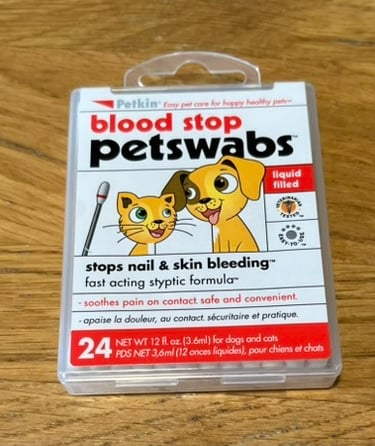

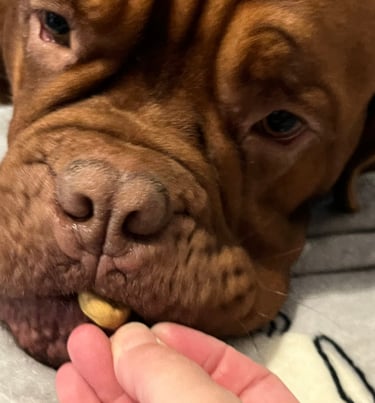

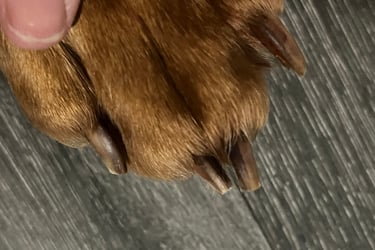


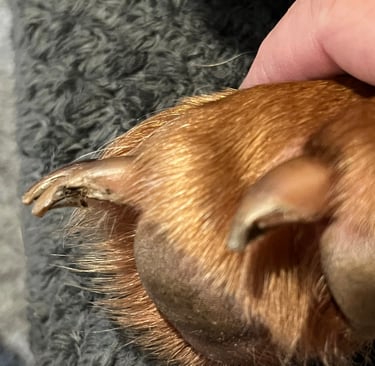


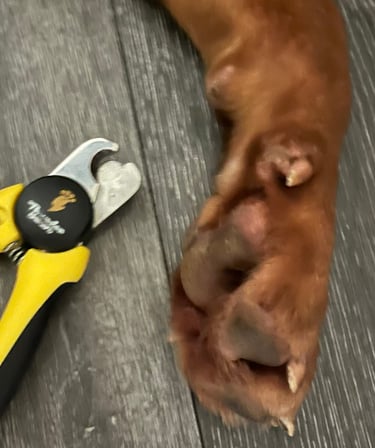

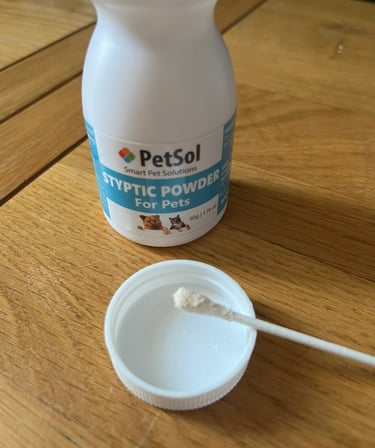

Meo's world
<--Awin verification 001-->
Bark
Fetch
meosworld@yahoo.com
© Meo's World 2025. All rights reserved.

